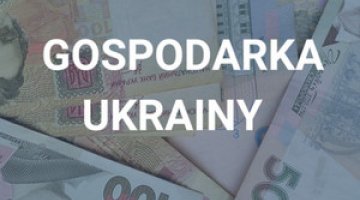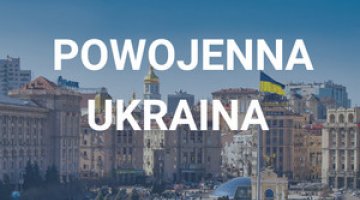A fragile compromise on the EU’s additional military aid for Ukraine
On 18 March, the Council of the EU passed a decision modifying the form of the European Peace Facility (EPF, see ‘An EU War Chest: the success and uncertain future of the European Peace Facility’). It increases the refinancing of arms and military equipment (AME) supplies provided by the EU member states to Ukraine under this facility by €5 bn, which means that the total amount of the EPF’s budget in 2021–27 will come to €17 bn. One new element is that some funds have been earmarked for the purchase of new AME, The remainder will – as before – be divided between the refunds for the AME delivered from the member states’ stockpiles and the funding provided to the EU Military Assistance Mission in support of Ukraine (EUMAM Ukraine), which stands at additional €500 mn. Those states which are providing Ukraine with arms and miliary equipment under bilateral initiatives will be able to deduct the related cost from their EPF contribution.
Commentary
- The Council of the EU adopted this decision after many months of negotiations. The compromise reached differs significantly from the initial draft put forward by High Representative of the Union for Foreign Affairs and Security Policy Josep Borrell, who had sought to earmark an amount of up to €20 bn for military aid for Ukraine over the next four years. A separate mechanism, the Ukraine Assistance Fund, was to have been created under the EPF for this purpose. In the end, the member states only approved a minimal modification to the initial decision on the establishment of the EPF, and allocated a sum which is sufficient to provide assistance in 2024 to it. This indicates that the future moves to increase the amount of funding will require a separate decision by the Council, and which once again will need to be unanimous.
- The compromise reached takes into account the interests of Germany, the EPF’s biggest contributor. Berlin had long been blocking its reform, and was demanding the introduction of a mechanism to deduct the value of bilateral aid provided to Ukraine by specific EU member states from their EPF contributions. Ultimately, Berlin withdrew its demand that the refund should also include the value of aid provided in the previous years. However, according to the version of the compromise which was finally adopted, the most affluent member states will not be required to fund both the facility and their bilateral aid initiatives concurrently, as long as the value of their bilateral aid in a specific year exceeds the value of the expected EPF refund for this aid; for example, a donor who provides Ukraine with AME worth €1 bn deducts €450 mn from its EPF contribution when the expected rate of refund is 45%. The executive documents will need to specify the details of the funding mechanism to ensure that it does not jeopardise the funding of the EUMAM Ukraine training mission.
- France has withdrawn some of its demands, including a proposal to accelerate the cancellation of the refund for transferring a member state’s own AME to Ukraine. In Paris’s view, the EPF should be a mechanism for funding arms purchases for Ukraine from EU arms producers. Although the preamble to the Council’s decision does contain such a declaration of purpose, it fails to set a deadline for cancelling the refund for AME provided from the member states’ stockpile. The Council may decide to set such a deadline in the future at the request of the EPF Committee. The Council decision also enables the member states to purchase AME from non-European manufacturers, whenever the European defence industry is not capable of producing a specific type of AME in a timeframe which would be acceptable from the point of view of Ukraine’s needs; for example, this solution will make it possible to fund the Czech-led ammunition procurement initiative.
- The biggest contributions have been shifted to the final years of the facility’s operation (2025–27), because some EU member states intend to avoid amending their national budgets in 2024. This also proves that they are lukewarm about the EPF’s continued utilisation as a mechanism to refund military aid for Ukraine. The provision added to the decision at Budapest’s request, which enables the member states to evade co-funding military aid for Ukraine in exchange for funding military aid for other countries under the EPF, may in the future pave the way for other states to copy Hungary’s stance and cause problems with refunding the supplies provided by those countries which provide Ukraine with military assistance. Since spring 2023, Budapest has also continually blocked the launch of the eighth instalment of EPF payments to the tune of €500 mn. The High Representative’s readiness to allocate a portion of the profits generated by the confiscated Russian assets for the needs of the EPF is a positive signal. However, no specific decisions regarding this matter have been taken.





